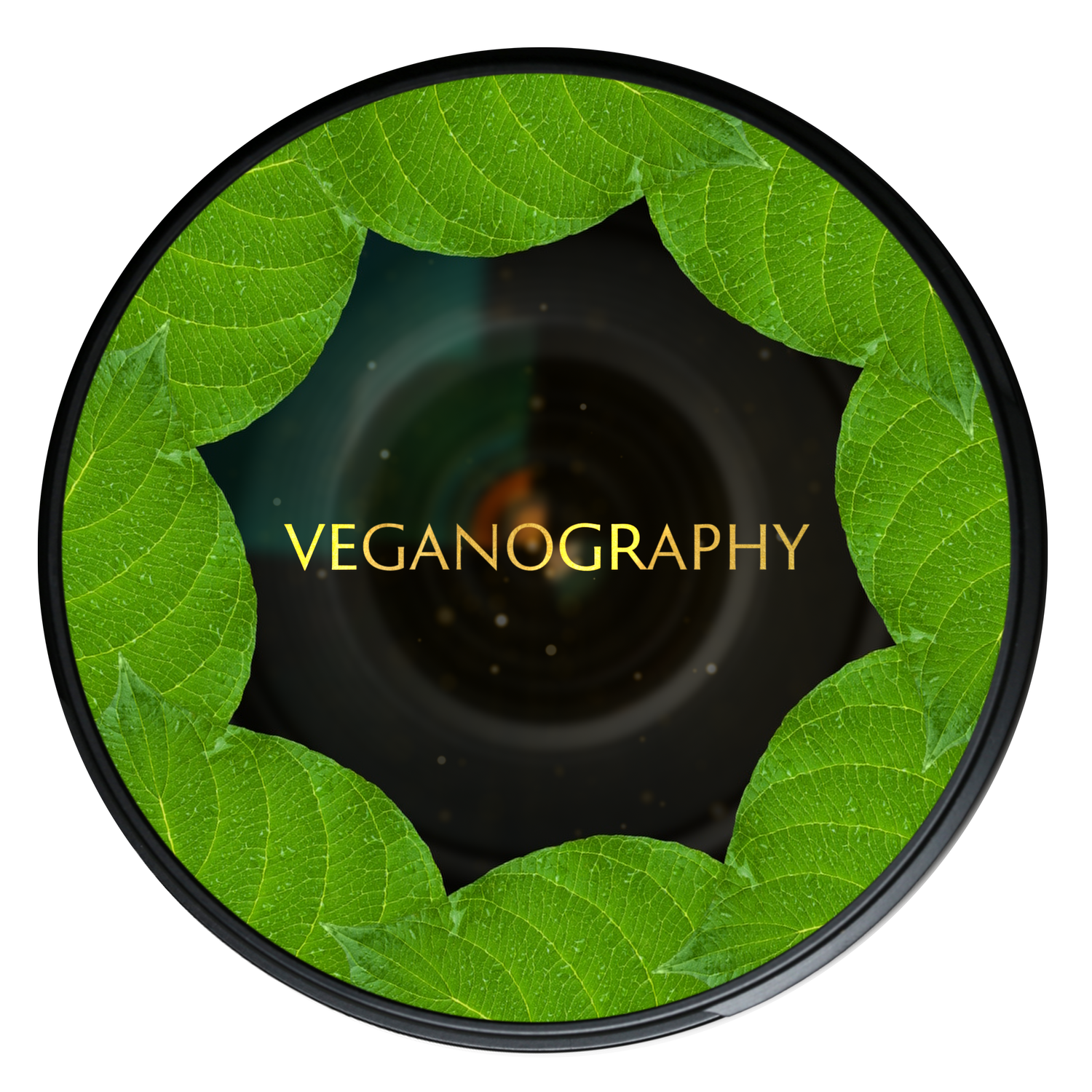What We Eat is NOT a Personal Choice: World Hunger and Sentient Life
This is probably the number one phrase people say when confronted about a diet including animal products.
“Diet is a personal choice.”
That statement is absolutely, 100% false.
Our diet is one of the most significant ways we impact other people.
Our dietary choices profoundly impact the climate crisis, pandemic potential, antibiotic resistance, world hunger, and the lives of innocent animals.
Our diet is one of the most IMpersonal choices we make everyday.
In this blog, we’ll explore the consequences of dietary choices on world hunger and sentient life.
World Hunger
In order to feed animals that we eat for food, we have to grow plants to feed those animals.
It seems obvious. But the rate of conversion is shockingly inefficient.
On average, it requires 16 calories of plant “input” to produce 1 calorie of meat “output.”
Beef: 25 calories of plants to produce 1 calorie of beef
Pork: 15 calories of plants to produce 1 calorie of pork
Chicken: 9 calories of plants to produce 1 calorie of chicken
And on a global scale, animal agriculture consumes over 40% of the world’s plant calories.
According to the FAO, there were 828 million humans experiencing severe food scarcity entering 2022.
So if animal agriculture uses almost half of the world’s plant calories, and produces on average 16 times less calories than it consumes, the question becomes…
What if we just fed those plant calories to humans instead of livestock?
We are currently growing enough plants to feed 10 billion people.
We could feed every hungry human mouth on earth 3 times over by adopting a global plant based diet.
Furthermore, animal agriculture is the leading cause of the climate crisis, which is fueling the growing issue of environmental refugees.
Environmental refugees are people who are forced to flee their homes due to natural disasters or non-arable land. The climate crisis exacerbates both.
The International Red Cross estimates that there are currently more environmental refugees than there are political refugees fleeing from conflicts and wars.
What we eat profoundly impacts other people.
What we eat is not a personal choice.
Sentient Life
This is the argument that everyone talks about. We’ve all heard it before.
I won’t belabor the point. But it is worth exploring.
In our society, dogs and cats are companion animals. We don’t eat them because we consider them sentient, intelligent, and capable of feeling emotions such as joy, sadness, and pain.
But other animals display equal or even greater signs of sentience and intelligence than companion animals.
Pigs are more intelligent than all dog breeds, and outperform 3-5 year old human beings in cognitive tests.
Cows form preferential friendships and can remember people or occurrences for up to 10 years.
Sheep can read facial expressions and remember a human’s face for up to 2 years.
Goats form preferential friendships and get frustrated when separated from their friends.
Chickens can distinguish between over 100 individuals and have a complex social hierarchy. They even demonstrate knowledge of object permanence, a skill humans don’t develop until the age of 2.
Turkeys speak to their children while they’re still inside the egg, and babies are born knowing the sound of the mother’s voice.
Ducklings communicate with each other while inside the egg, and coordinate hatching together! (This fact blew my mind when I learned it.)
Fish pass the “mirror” test, demonstrating that they recognize a “self.” Humans don’t develop this skill until around the age of 2.
Pain is an evolutionary development. When an organism feels pain, it learns that whatever stimulus caused the pain is dangerous and should be avoided.
All animals feel pain.
Dogs and cats show us they feel pain by wincing or even screaming. Those are signs of pain that we, as humans, relate to.
All animals feel pain, but some of them demonstrate pain in ways that we don’t recognize. This has led to a misconception that farmed animals don’t feel emotions. That’s wrong - they just express them in a language we don’t understand.
Chickens, for instance, absolutely feel pain. But as a prey animal in the wild, if they show pain by screaming, that makes them more vulnerable to predators. So they’ve evolved to feel pain, yes, but also to outwardly hide their weakness.
This translates into quiet shaking. To us, it doesn't really look like they’re feeling anything. But that’s only because we don’t speak their “pain language.”
So if intelligence, sentience, and ability to feel emotions and pain is the criteria for not killing someone, why is it acceptable to kill farmed animals but not dogs and cats?
All life wants to live. If you’ve ever watched slaughterhouse footage, you know that animals frantically try to escape slaughter. They know what’s coming. They aren’t happy to have their lives taken away from them. It’s not a willing sacrifice.
Many people cite “humane slaughter” as a morally justifiable solution. But killing someone that wants to live is never humane.
“Humane slaughter” has nothing to do with the animal. It’s a marketing term designed to make humans feel better about something they know deep down is wrong.
Would we consider “humane slaughter” of dogs and cats for food morally justifiable? I don’t think so.
We’ve been conditioned to believe that some animals are food and some animals are pets. But when we look at the facts - farmed animals are as intelligent/sentient/capable of feeling emotions or even more so than our pets - there’s no moral justification for what we do to them.
When we choose to eat animal products, we are taking away someone else’s fundamental right to live.
What we eat is not a personal choice.
Sources
Yale Center for Business and Environment
